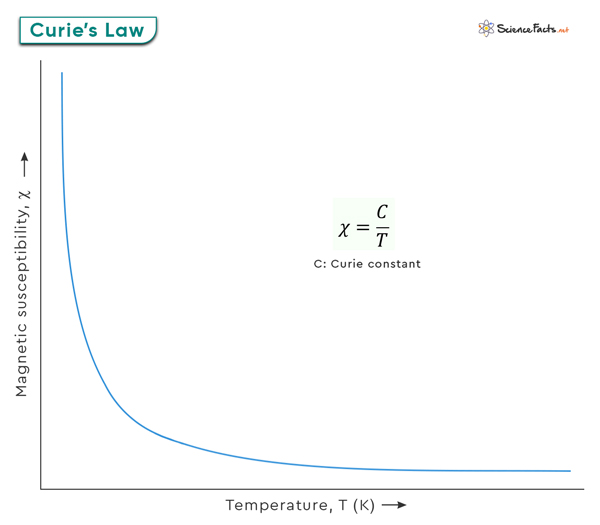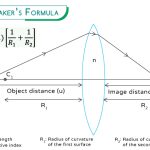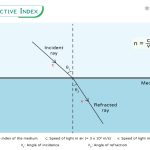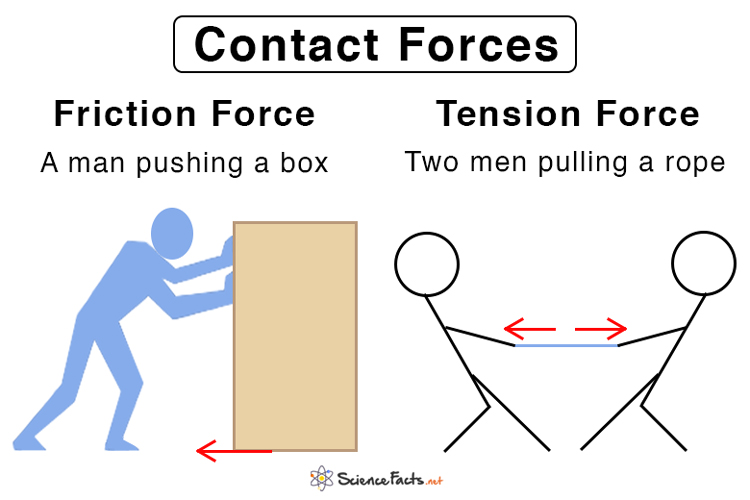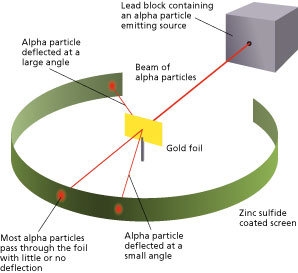Curie’s Law
Curie’s Law is a fundamental principle in magnetism and solid-state physics. It focuses exclusively on the magnetic behavior of paramagnetic substances in the presence of an externally applied magnetic field. Curie’s Law is used for determining the magnetization of a paramagnetic substance. It states that the magnetization is directly related to the strength of the applied magnetic field, except when the material is subjected to heat, in which case the magnetization becomes inversely related to the temperature. Consequently, as the temperature of a paramagnetic material rises, its magnetization declines. On the other hand, when the applied magnetic field intensifies, the magnetism likewise grows.
The law is named after French physicist and Nobel laureate Pierre Curie, who formulated it in 1895, and it has since become a cornerstone of modern physics.
Equation
Mathematically, Curie’s Law can be expressed as follows:
Where:
- M represents the magnetization of the material.
- C is the Curie constant, a material-specific constant with the unit Aˑm-1ˑKˑT-1.
- B is the applied magnetic field.
- T is the absolute temperature in Kelvin (K).
The Curie constant (C) is unique to each material and reflects its inherent magnetic properties. Different materials have different Curie constants, which dictate how they respond to temperature.
The magnetization is related to the applied magnetic field as follows:
Where χ is the magnetic susceptibility. The Curie’s Law becomes
-
References
Article was last reviewed on Wednesday, November 1, 2023

